Can Amgen Turn Around?
Newsletter editor George Putnam thinks the struggling biotech giant will rebound. He's worth a listen.

It takes a gutsy investor to buy a stock when it's down and the bad news about the company shows little sign of abating. But such bottom-fishing can be enormously profitable if you're right about the long-term prospects of an outfit for which the here-and-now crowd on Wall Street has no patience.
Take the Turnaround Letter, for example. Buying out-of-favor stocks has made it one of the best-performing investment newsletters in the business, returning an annualized 21.2% for the five years ended November 30, compared with just 11.2% for the broad market, as measured by the Standard & Poor's 500 index.
That's why we took notice when editor George Putnam recommended that readers buy a stake in Amgen, the struggling biotech giant. Amgen shares (symbol AMGN) closed on December 20 at $47.56, up 0.8% for the day, but down nearly 40% from a 52-week high of $76.95 reached in January.
From just $107.88 $24.99 for Kiplinger Personal Finance
Become a smarter, better informed investor. Subscribe from just $107.88 $24.99, plus get up to 4 Special Issues

Sign up for Kiplinger’s Free Newsletters
Profit and prosper with the best of expert advice on investing, taxes, retirement, personal finance and more - straight to your e-mail.
Profit and prosper with the best of expert advice - straight to your e-mail.
The market is spooked by some bad news about the company's key anemia-fighting drugs, Epogen and Aranesp, which together account for 46% of sales and 60% of profits.
Clinical-trial data earlier this year raised safety concerns about the whole class of similar drugs when prescribed in high doses or for unapproved indications. That's a significant blow because drug companies depend on alternative uses for their drugs to expand the franchise and generate higher revenues.
The Food and Drug Administration requested that labels be updated to highlight the safety concerns. Medicare compounded the problem by limiting reimbursement levels. Amgen's anemia drug sales fell 16% in the third quarter from the same period in 2006; U.S. sales of Aranesp fell 36%.
Then, earlier this month, in a Rodney Dangerfield moment, Amgen announced positive results from a study involving a forthcoming osteoporosis drug. Yet, Investors chose to ignore the good news and focused on all the competition in the $5 billion osteoporosis market. The result: Amgen shares are trading at a five-year low.
But that's like catnip to true value-oriented investors, who love nothing more than a turnaround story.
"We take a long-term view," says Putnam. "The market takes a very short-term view, hanging on every bit of news from the FDA. But we look at franchise value, broad trends in research as well as in the industry. And though Amgen may have some setbacks, we feel that the company will continue to be one of the leaders in a key industry going forward."
In particular, Amgen's pipeline of products in development is considered the strongest in the biotech industry, says Putnam. The pipeline has doubled in size over the past few years.
It also has become much more diverse, targeting the conditions that plague the graying population of the developed world -- from osteoporosis to diabetes to prostate cancer to Alzheimer's. And it's worth noting that Amgen already markets four of the top 10 best-selling biotech drugs in the world.
The company is willing to boost its pipeline through acquisitions, as well. In 2006, Amgen spent $2.1 billion to purchase Abegenix, a company with a focus on oncology. Earlier this year, Amgen spent $400 million to buy Illypsa, a developer of drugs for renal disorders. Amgen has $6 billion in cash -- enough to fund research and development ($3.4 billion in 2006) and shop for future partners.
What's more, Amgen has embarked on an ambitious plan to preserve earnings, even as revenue growth stalls. Analysts expect 2007 revenues to come in at $14.6 billion and to fall slightly, to $14.5 billion, in 2008.
To make up for the shortfall, the company is cutting operating expenses, reducing staff by 12% to 14% and scaling way back on plant and facility upgrades. It also continues to buy back its own shares.
On average, analysts expect the company to earn $4.37 a share in 2008, up from $4.24 this year. Over the next five years, analysts on average expect earnings to grow at an annualized rate of nearly 10% a year, about in line with the industry overall.
That may be a far cry from the heady growth rates this once-glam industry enjoyed in its youth. But look at it this way, says Putnam: In 2000 Amgen's price-earnings ratio was as high as 77. Today, it's 11.
Little wonder such value gurus as Bill Miller of Legg Mason Value Trust and David Dreman of Dreman Value Management have been nibbling on the shares this year, even as some Wall Street firms diss Amgen. Friedman, Billings, Ramsey & Co. expects the stock to do no better than the market but says that's enough to carry the stock to $60 over the next 12 months.
Lazard Capital markets calls Amgen a flat-out "sell," but its price target is $46 -- not far from Amgen's recent close. "Even if the worst-case scenario hit, there's not that much more downside," says Tom Goetzinger, the analyst who follows the stock for Dreman.
And if the company puts regulatory issues behind it, the stock will trade closer the industry average of 15 to 16 times estimated earnings--in the low-to-mid '60s, he figures.
Putnam is telling subscribers to buy Amgen up to $70 a share -- as long as you can be patient about getting there.
Profit and prosper with the best of Kiplinger's advice on investing, taxes, retirement, personal finance and much more. Delivered daily. Enter your email in the box and click Sign Me Up.

Anne Kates Smith brings Wall Street to Main Street, with decades of experience covering investments and personal finance for real people trying to navigate fast-changing markets, preserve financial security or plan for the future. She oversees the magazine's investing coverage, authors Kiplinger’s biannual stock-market outlooks and writes the "Your Mind and Your Money" column, a take on behavioral finance and how investors can get out of their own way. Smith began her journalism career as a writer and columnist for USA Today. Prior to joining Kiplinger, she was a senior editor at U.S. News & World Report and a contributing columnist for TheStreet. Smith is a graduate of St. John's College in Annapolis, Md., the third-oldest college in America.
-
 Are T-Mobile's Prepaid Perks a Home Run or a Strikeout?
Are T-Mobile's Prepaid Perks a Home Run or a Strikeout?T-Mobile's prepaid lineup promises MLB.TV, T-Mobile Tuesdays and hotspot data. But do the perks make it worth switching?
-
 Verizon Home Internet Is Offering Free Tech to New Customers
Verizon Home Internet Is Offering Free Tech to New CustomersVerizon’s latest home-internet promotion includes free tech, but the real savings depend on pricing, speed needs and how long you stay.
-
 Retirees in These 7 States Could Pay Less Property Taxes Next Year
Retirees in These 7 States Could Pay Less Property Taxes Next YearState Taxes Retirement property tax bills could be up to 65% cheaper for some older adults in 2026. Do you qualify?
-
 If You'd Put $1,000 Into Coca-Cola Stock 20 Years Ago, Here's What You'd Have Today
If You'd Put $1,000 Into Coca-Cola Stock 20 Years Ago, Here's What You'd Have TodayEven with its reliable dividend growth and generous stock buybacks, Coca-Cola has underperformed the broad market in the long term.
-
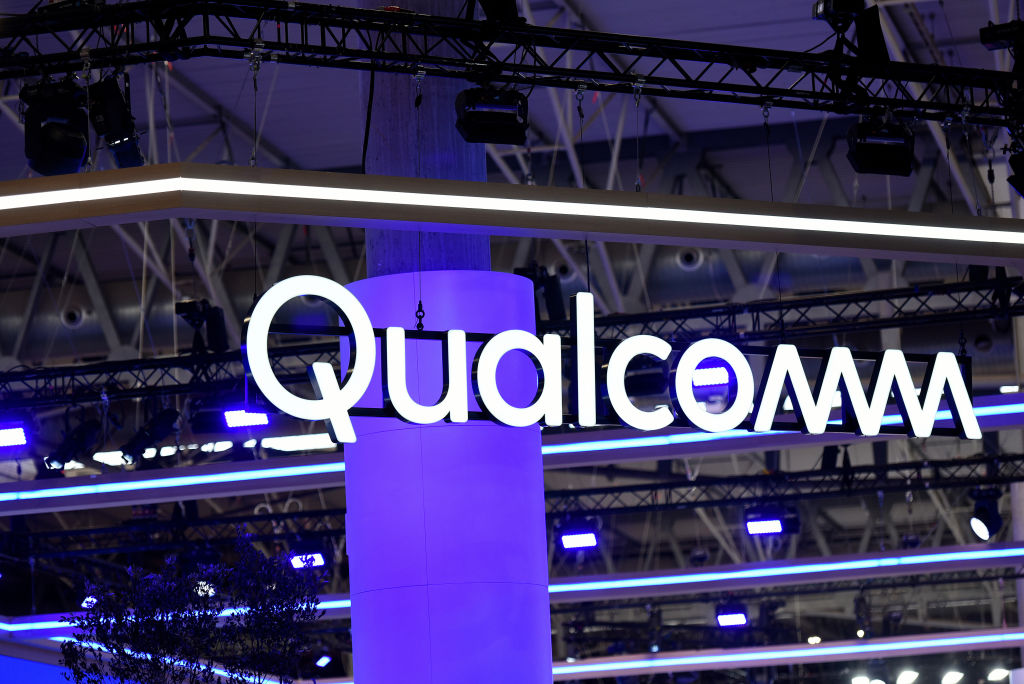 If You Put $1,000 into Qualcomm Stock 20 Years Ago, Here's What You Would Have Today
If You Put $1,000 into Qualcomm Stock 20 Years Ago, Here's What You Would Have TodayQualcomm stock has been a big disappointment for truly long-term investors.
-
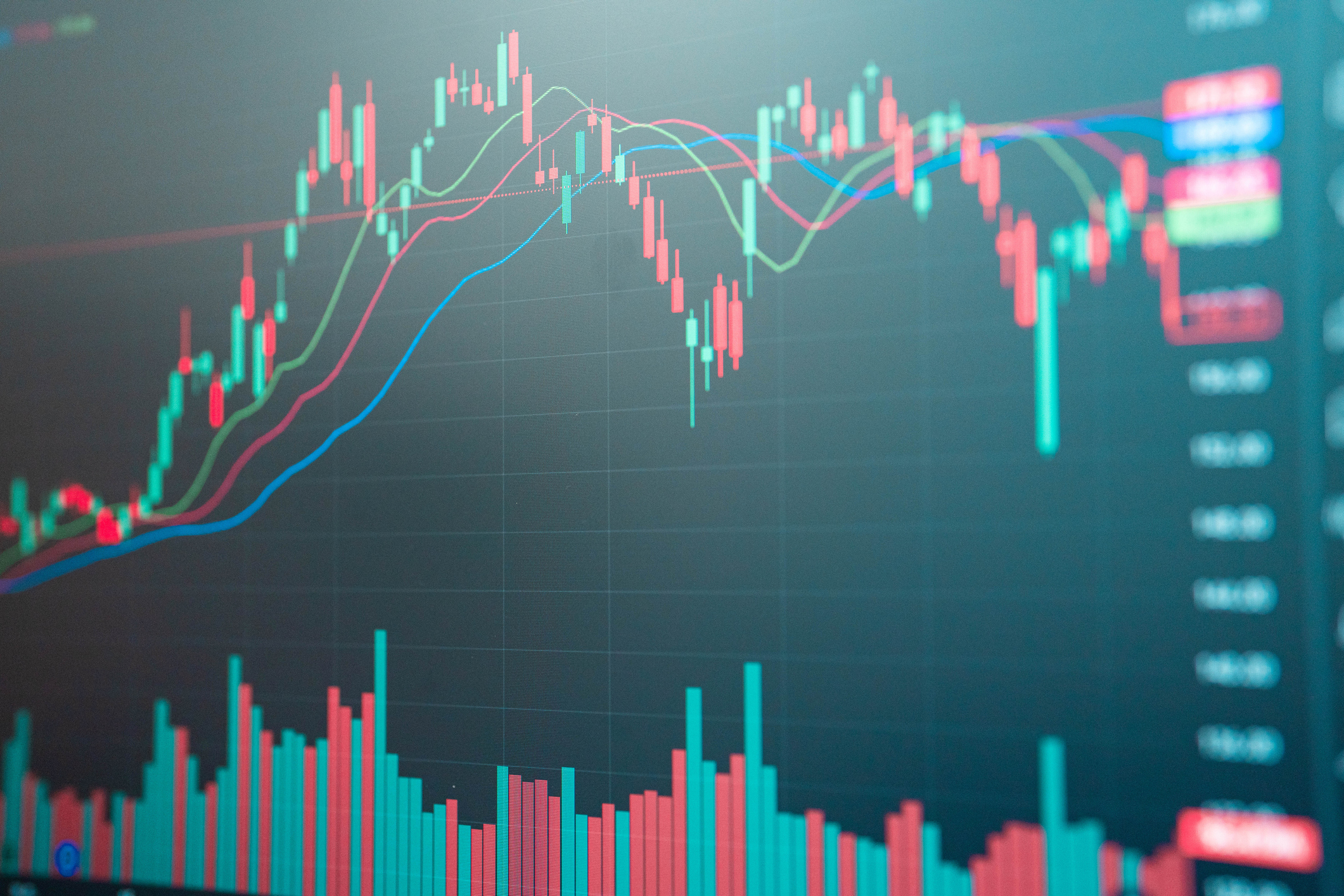 Dow Climbs 559 Points to Hit a New High: Stock Market Today
Dow Climbs 559 Points to Hit a New High: Stock Market TodayThe rotation out of tech stocks resumed Tuesday, with buying seen in more defensive corners of the market.
-
 Stocks Rally as Investors Buy the Dip: Stock Market Today
Stocks Rally as Investors Buy the Dip: Stock Market TodayMost sectors are "go" only a day after talk of bubbles, extended valuations and narrow breadth undermined any kind of exuberance.
-
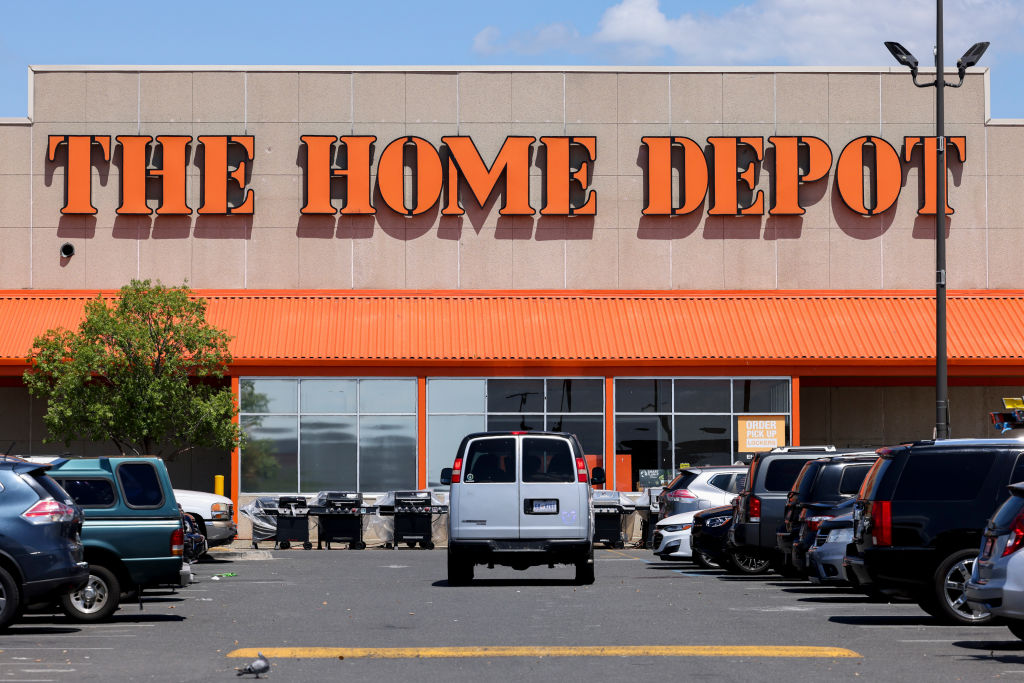 If You'd Put $1,000 Into Home Depot Stock 20 Years Ago, Here's What You'd Have Today
If You'd Put $1,000 Into Home Depot Stock 20 Years Ago, Here's What You'd Have TodayHome Depot stock has been a buy-and-hold banger for truly long-term investors.
-
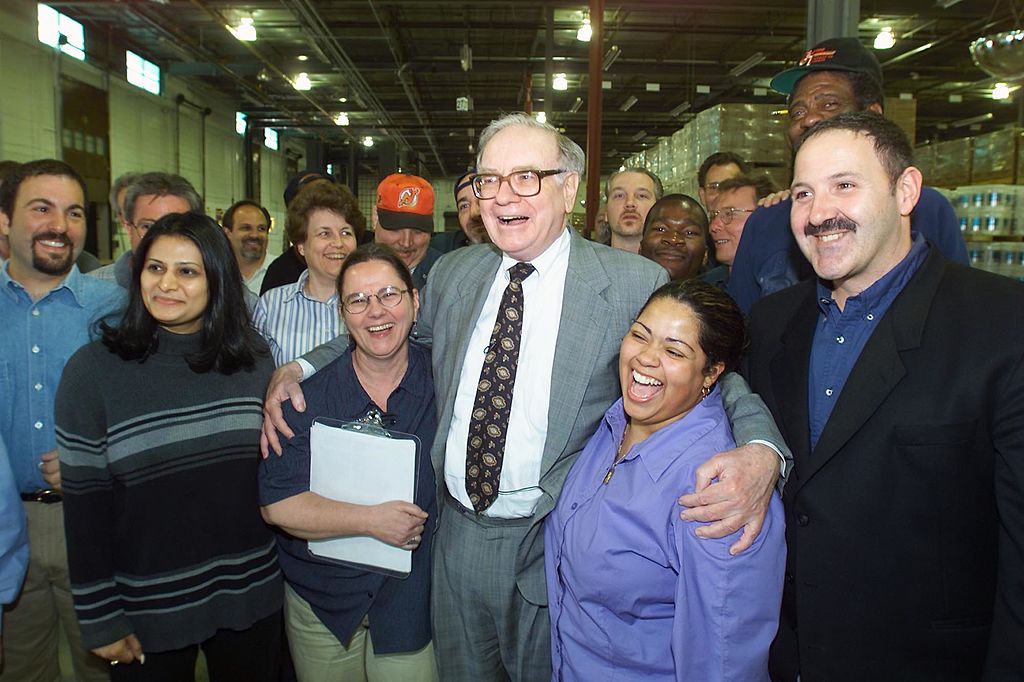 What the Rich Know About Investing That You Don't
What the Rich Know About Investing That You Don'tPeople like Warren Buffett become people like Warren Buffett by following basic rules and being disciplined. Here's how to accumulate real wealth.
-
 S&P 500 Sees New Highs on Shutdown Day: Stock Market Today
S&P 500 Sees New Highs on Shutdown Day: Stock Market TodayMost of its components were in the red, but the S&P 500 Index still managed to hit a new intraday all-time high.
-
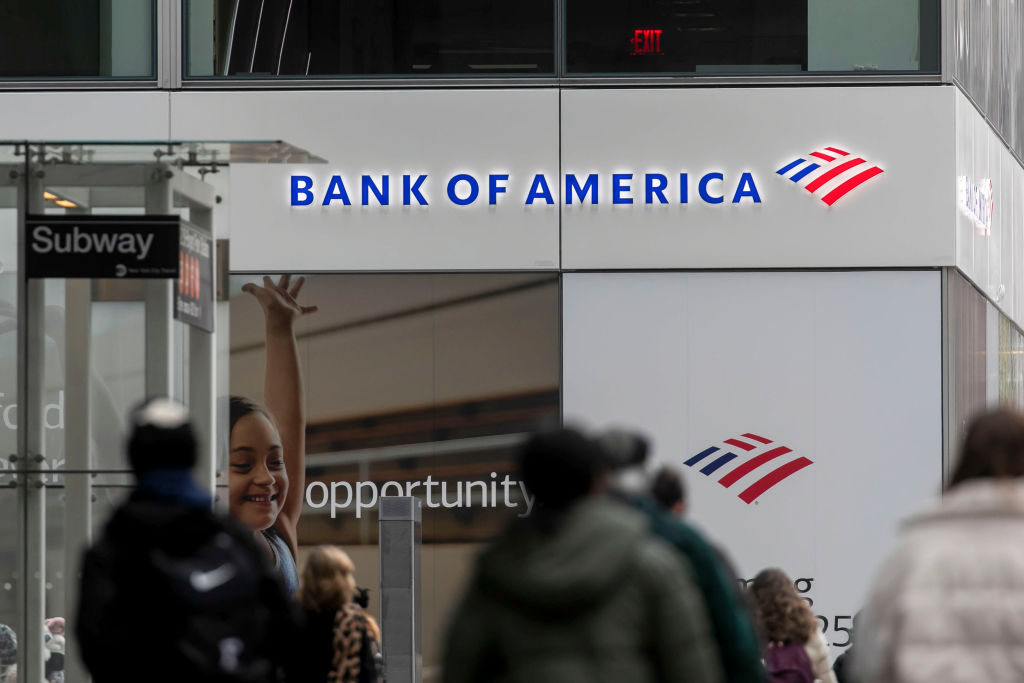 If You'd Put $1,000 Into Bank of America Stock 20 Years Ago, Here's What You'd Have Today
If You'd Put $1,000 Into Bank of America Stock 20 Years Ago, Here's What You'd Have TodayBank of America stock has been a massive buy-and-hold bust.